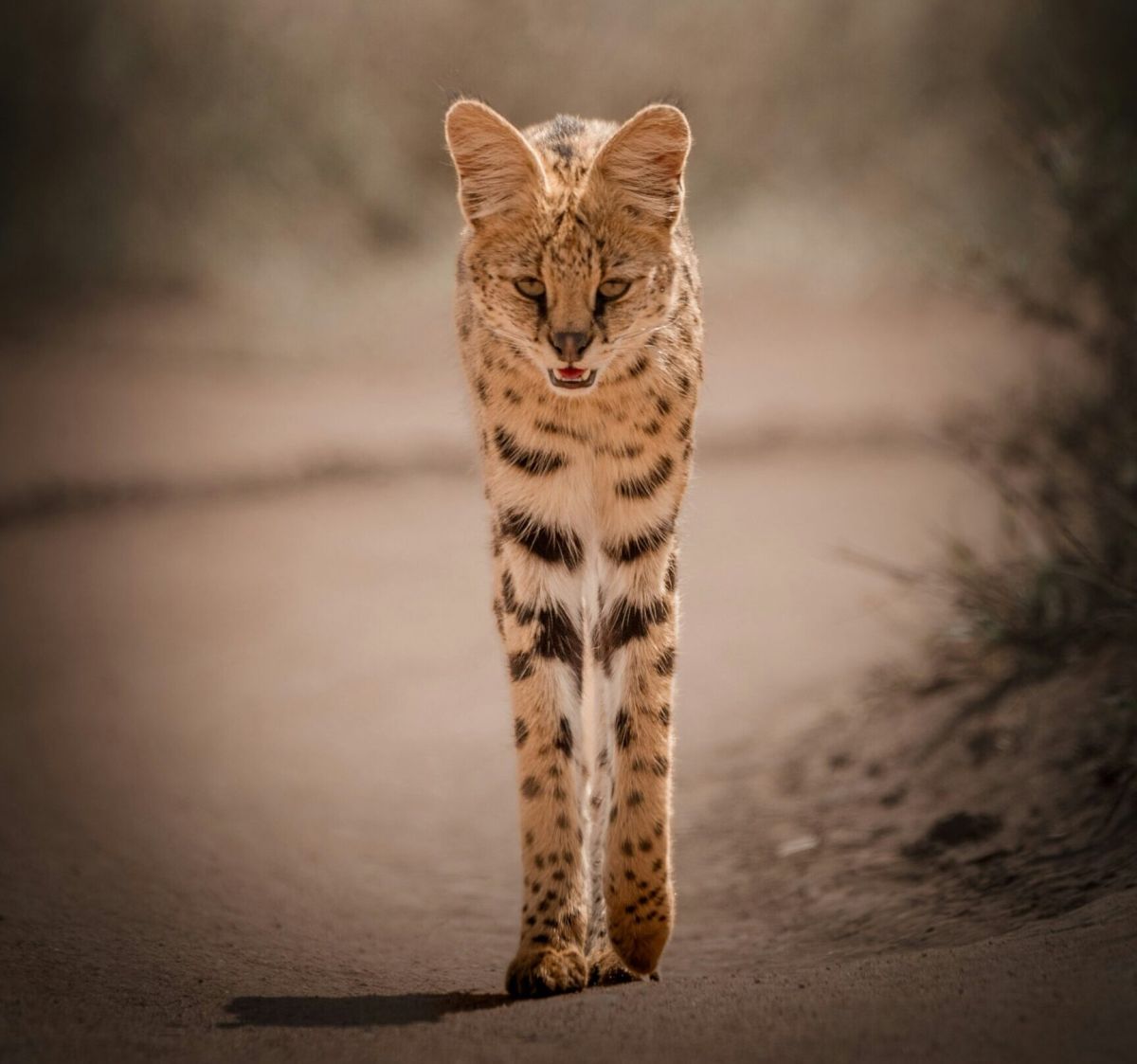Servals: The Enigmatic Wild Cats of Africa

When it comes to the majestic cats of Africa, most people think of the mighty lions, elegant leopards, and agile cheetahs. Yet, there exists a lesser-known yet equally fascinating feline that is captivating wildlife enthusiasts and cat lovers alike—the serval. This unique wild cat, native to the African savanna, is not just a beautiful creature; it possesses a host of interesting traits and behaviors that make it stand out in the feline family.
Meet the Serval
The serval (Leptailurus serval) is a medium-sized wild cat characterized by its long legs, large ears, and striking coat. Typically weighing between 20-40 pounds, servals stand about 24-28 inches tall at the shoulder. Their coat is a tawny yellow hue adorned with black spots and stripes that provide excellent camouflage in the tall grasses of their habitat. The serval’s long legs are not just for show; they enable the cat to leap and cover large distances to catch prey, making them incredibly agile hunters.
Habitat and Distribution
Servals are primarily found in sub-Saharan Africa, thriving in a range of environments including the savanna, wetlands, and grasslands. They prefer areas with tall grasses and dense vegetation, which offer ample cover for stalking prey. While servals are not considered endangered, their populations are impacted by habitat loss due to agriculture and urban development.
Diet and Hunting Techniques
Servals are carnivorous and have a varied diet mainly consisting of rodents, birds, reptiles, and insects. Their hunting style is remarkable; servals use their keen sight and acute hearing to locate prey hiding in the grass. Once they spot their target, they can spring from their hiding spot and leap up to three meters (nearly ten feet) into the air to catch birds in flight. This incredible agility is complemented by their ability to use their long ears to pinpoint the faintest rustle in the grass, allowing them to hunt effectively even at night.
Social Behavior and Reproduction
Servals are solitary animals, with adults generally spending their time alone except during mating season or when a mother is raising her young. They communicate with each other through a range of vocalizations, including growls, hisses, and purrs. Breeding occurs throughout the year, with a peak in the rainy seasons. After a gestation period of about 70 to 75 days, a female serval gives birth to a litter of 1-4 kittens. The young are born blind and helpless but grow quickly, learning valuable hunting skills from their mother.
Conservation Status
Currently, servals are classified as Least Concern by the International Union for Conservation of Nature (IUCN), but they face threats from habitat destruction, illegal hunting, and the pet trade. Education and awareness are crucial in promoting their conservation. Organizations working in the field aim to protect the serval’s natural habitat and discourage poaching, aiming to ensure that these enigmatic cats continue to roam the African plains.
Fascination with Servals
In recent years, servals have gained popularity as exotic pets, leading to a mix of fascination and controversy. While their playful and energetic nature can be appealing, potential owners should be aware of the ethical and legal implications of keeping wild animals. Proper care and understanding of their behavior is crucial for the well-being of these beautiful creatures.
Conclusion
Servals embody the spirit of Africa’s wild heart, with their striking appearance and remarkable hunting skills. As we learn more about these incredible cats, it becomes imperative to protect their habitats and ensure they thrive in the wild. The serval reminds us of the beauty that exists in nature and the importance of preserving ecosystems that support diverse wildlife. So, next time you are captivated by tales of Africa’s big cats, do not overlook the lesser-known serval—this wild cat is truly a marvel of nature.



